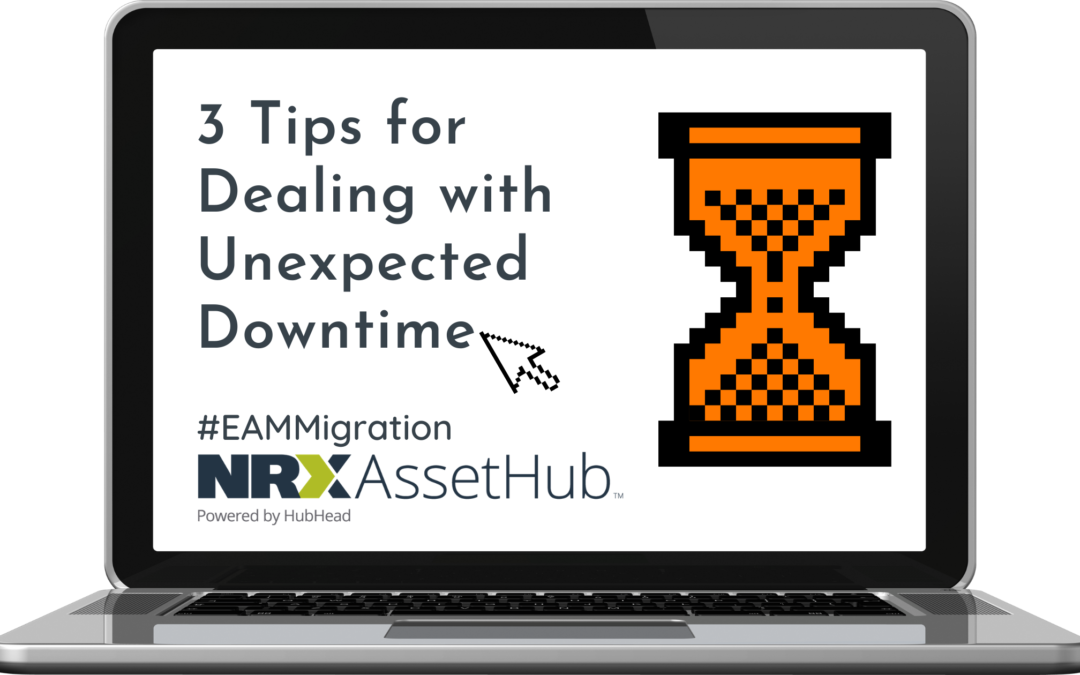Downtime refers to the period of time during which machinery is not in production. This means that every minute your assets are not working costs you money. In simpler terms, time is money. Some of the most common causes of downtime include equipment failure, accidents, human error, unavailable parts, poor analysis, and bad data. Here are a few tips to help your company work through and ultimately prevent unexpected downtime:
1. Having a data-driven predictive maintenance strategy is crucial to dealing with unnecessary downtime, however this is only half the battle. Not only is it important to collect accurate failure data, you must also have a clear and precise objective for that data. Otherwise, maintenance professionals are left with chunks of failure data, not knowing how to use it to extract value for the organization.
2. When it comes to solving any problem, the first step is always clearly defining the issue at hand. This helps address the root of the problem rather than only paying attention to the symptoms while still facing the consequences from the underlying issue. In the case of downtime, it is important to know exactly when, where, and how it occurs to prevent history from repeating itself. This is where accurate data performance indicators and failure information become important because these tools give maintenance professionals enormous insight and better understanding of their equipment.
3. Planning and scheduling could not be more critical for effective maintenance and preventing extra downtime. Unfortunately, many maintenance workers are unaware of when their machinery needs servicing or is due for an upgrade. This is one of the problems with adopting a reactive approach to maintenance because dealing with problems as they come is more expensive than preventing those problems in the first place. This is where production gets delayed because servicing and replacements come as a surprise that suddenly need to be addressed.

Predict, don’t wait to react
No one has a crystal ball, therefore you can never be 100% about what will happen in the future. What you can do is learn from prior events and use that to prepare yourself for what could possibly happen in the future. The data and analytics you have access to in your EAM or CMMS system lies at the centre of building an effective predictive maintenance strategy, saving your company much time and money. Accurate data will give you clear insight into your asset performance, to help you better understand the source of all your downtime. If you would like to learn how NRX AssetHub can help you with that state of your EAM data, feel free to book a demo and our team would be happy to help.
Your EAM is Only as Good as the Data you Feed it
Turn EAM / CMMS Data Nightmares into Dreams Come True!
What Could Go Wrong With An EAM Migration?
Share this article




